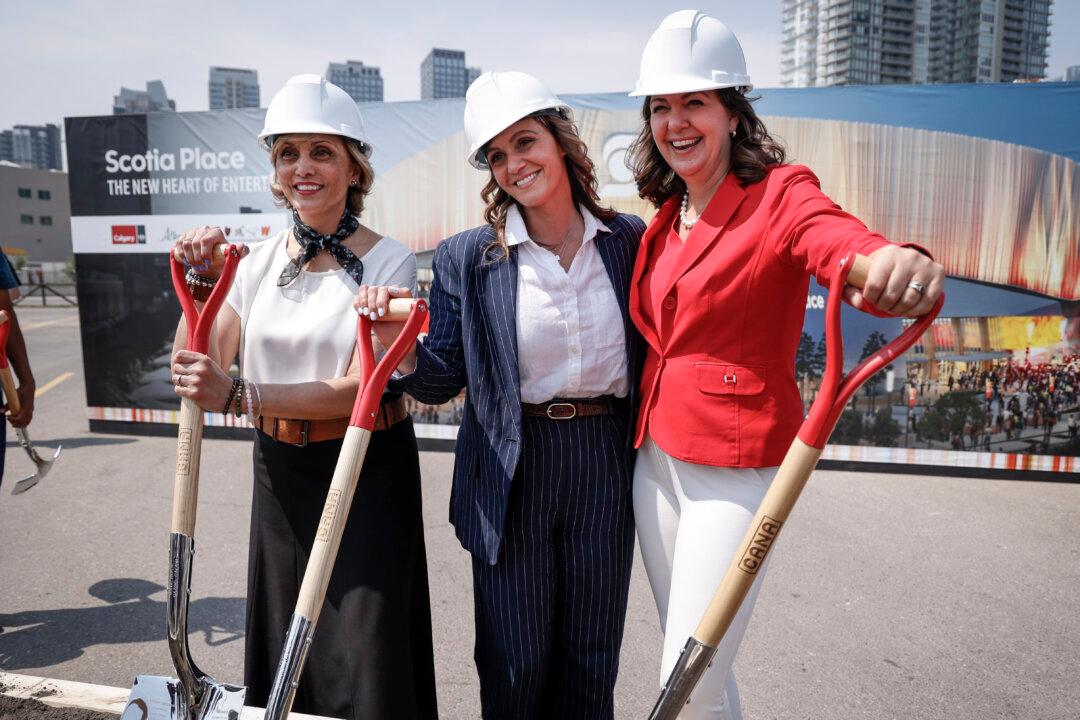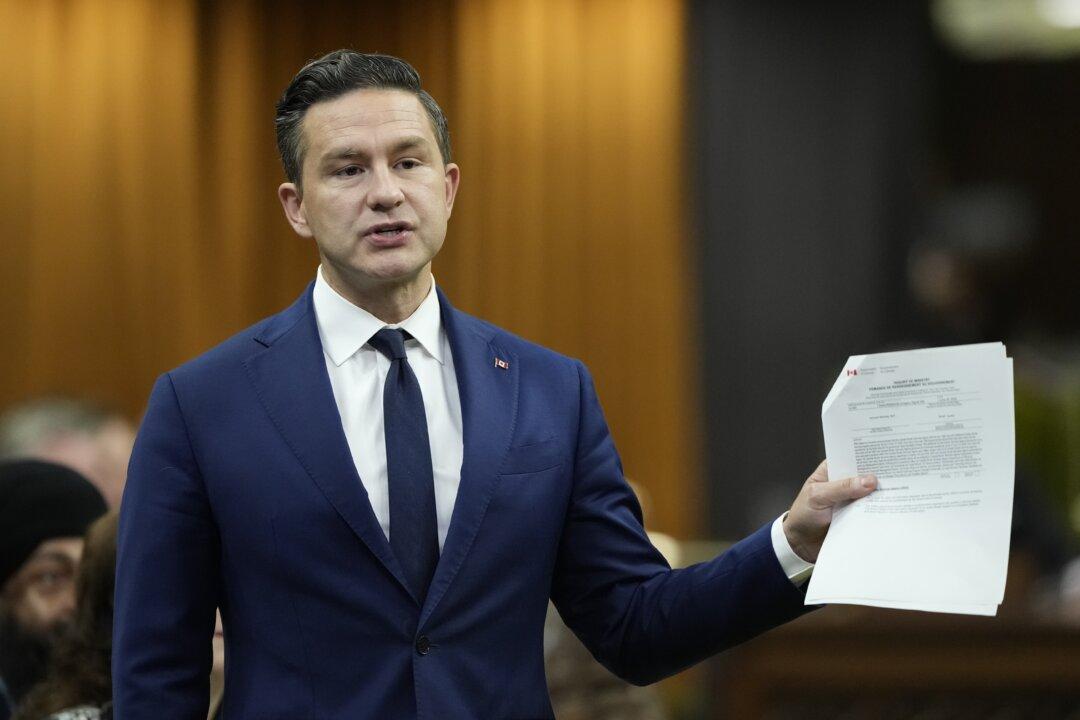The Ontario government is asking Ottawa to “disclose the number of foreign workers” it will allow at the Windsor, Ontario, electric vehicle battery gigafactory, which is under construction thanks to $15 billion in taxpayer subsidies.
Ontario Labour Minister David Piccini and Economic Development Minister Vic Fedeli have penned a letter calling on the federal government to make public the actual number of foreign workers at the NextStar plant. They also want Ottawa to reveal how many workers will be arriving under federal programs.





